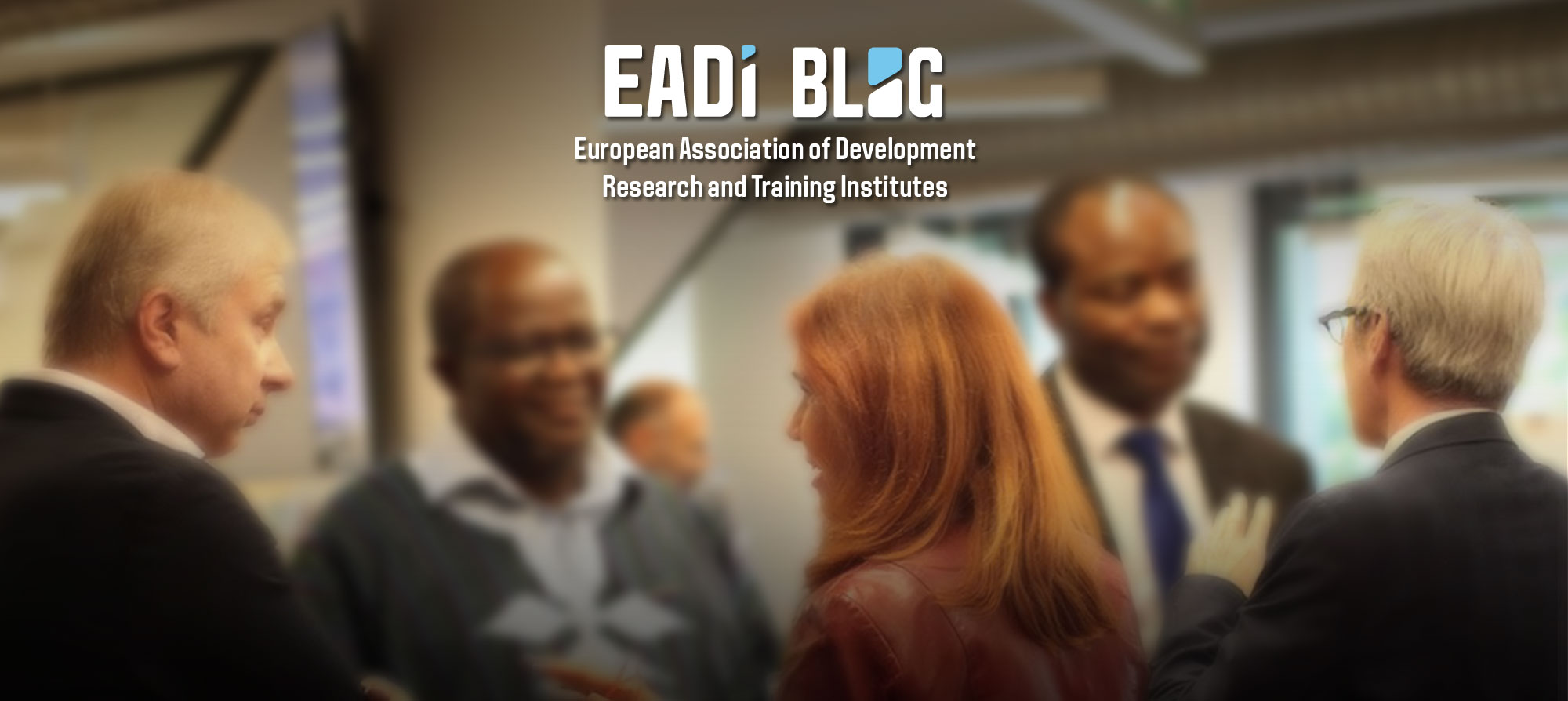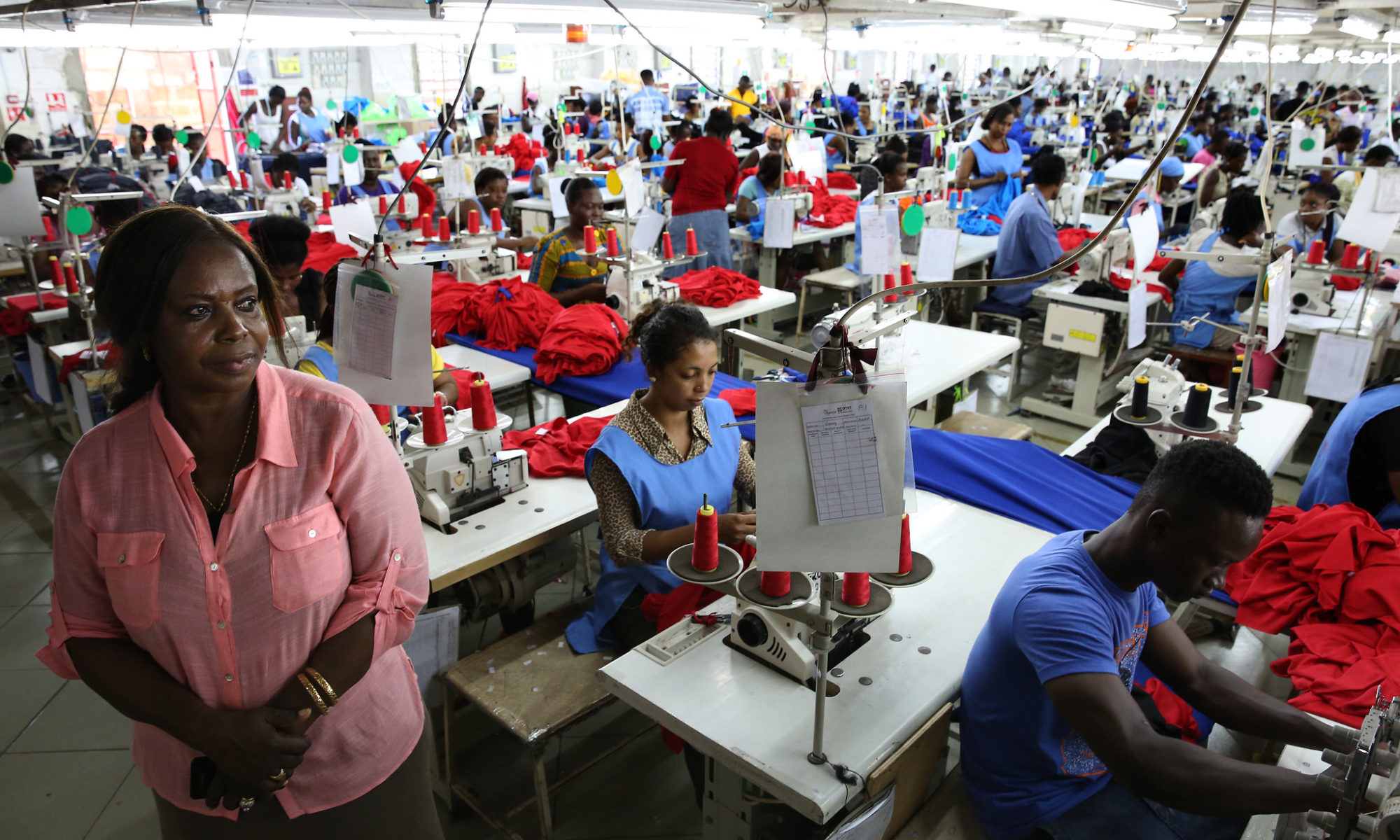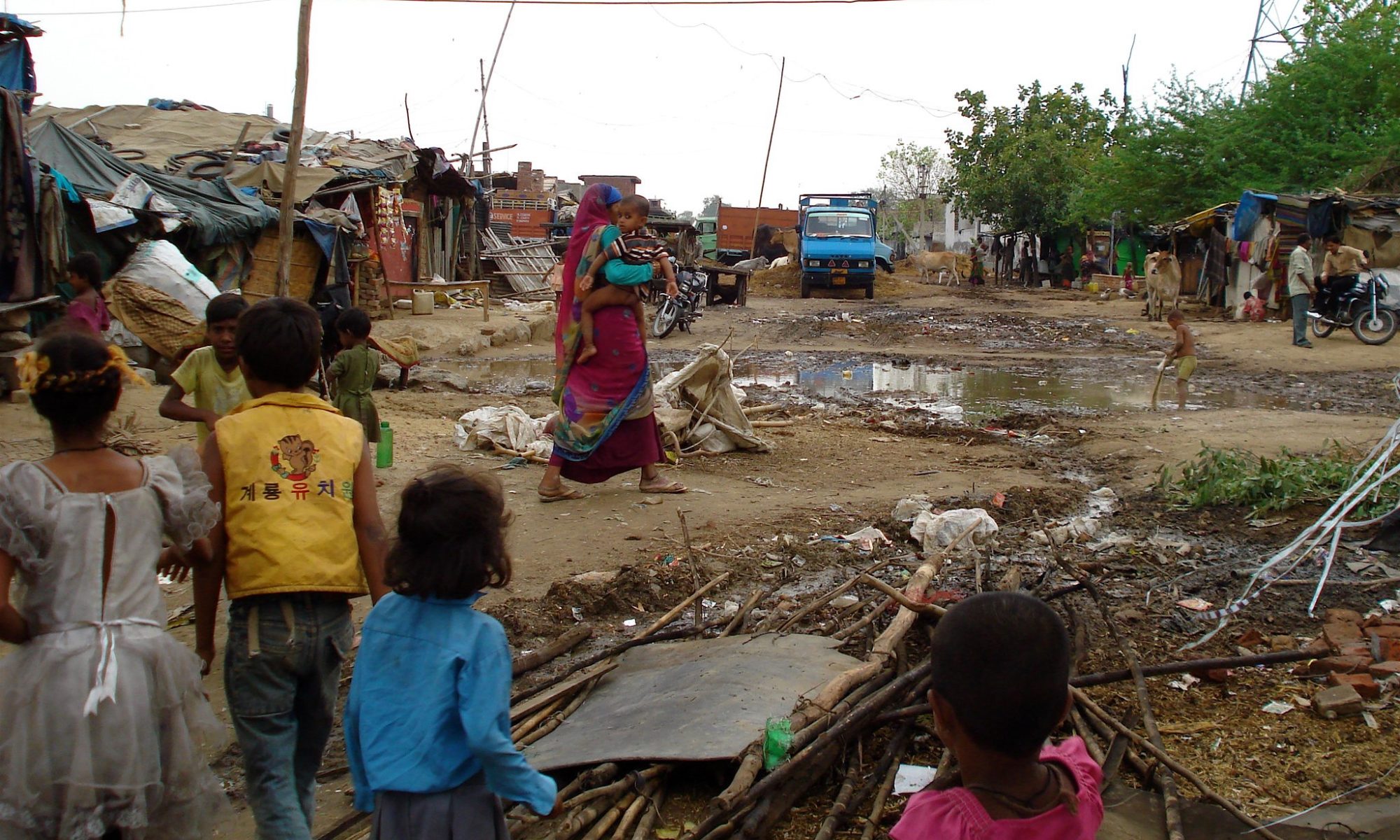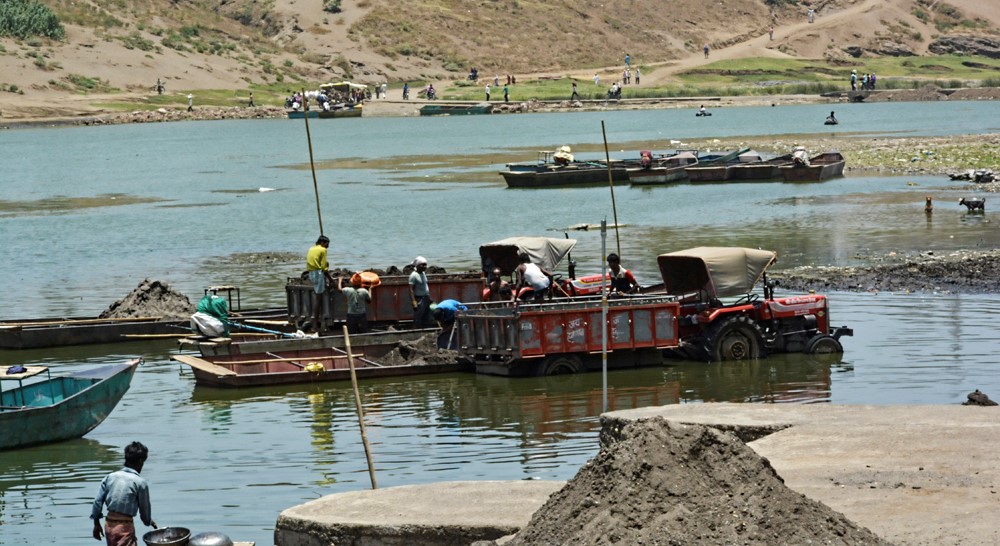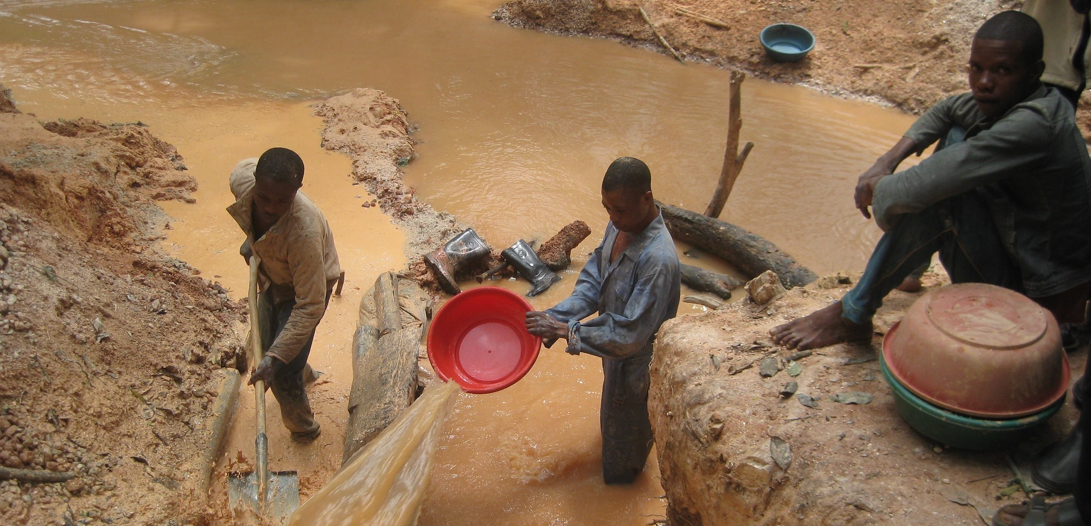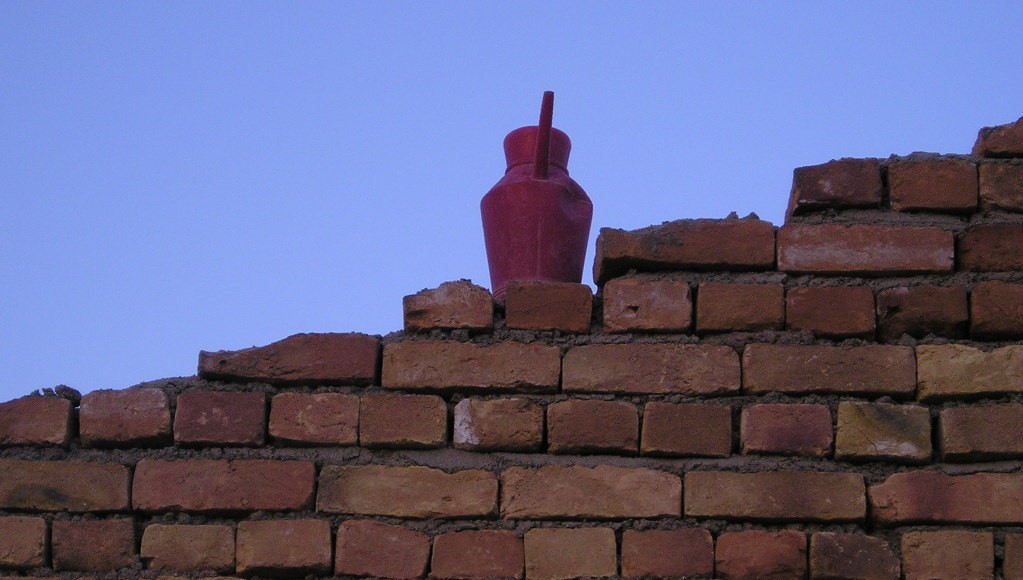By Karin Fischer, Christian Reiner and Cornelia Staritz
Countries of the Global South and particularly lower-income countries could barely benefit from the integration into global value chains (GVCs) so far. Regional integration, ecological leapfrogging, development-oriented macroeconomic policies and certain global framework conditions are necessary to distribute the benefits from (and costs of) GVCs more broadly. Continue reading “Industrial policy for lower-income countries in the age of global value chains”
